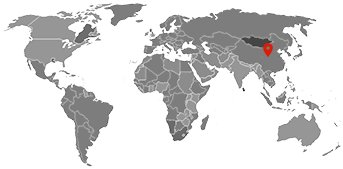Steel ball is the medium for grinding materials by ball mill equipment. It is an important basic part through the collision and friction between steel balls and between ball and materials.
The discharge of ball mill is not only affected by the load of steel ball, but also related to the diameter of steel ball. It is required to have a certain ball diameter and keep a certain proportion of balls with different ball diameters. Generally, the size range of ball diameter in the cylinder is 25-60mm. If there are large diameter balls in the cylinder, the impact force is large, which is beneficial to crushing large pieces of coal. However, due to the large gap between the balls, small relative surface area and weakened extrusion and grinding, it is unfavorable to the output of the coal mill and the fineness of pulverized coal. There are too many small-diameter steel balls in the cylinder and the impact force is small, which will reduce the output of the coal mill. At the same time, due to the relative increase of the surface area of the steel ball, the wear of the steel ball will increase and the power consumption of coal grinding will increase.
The newly installed ball mill has a running in process. In the running in process, the amount of steel balls is added for the first time, accounting for 80% of the maximum ball loading of the ball mill. The proportion of steel balls can be added according to the size of steel balls. Different ball mill models have different ball loading.
After the ball mill is installed, the big and small gears of the ball mill need to be meshed, and the processing capacity should be gradually increased. After the ball mill operates normally for two or three days, check the meshing of the big and small gears. When everything is normal, open the manhole cover of the ball mill and add the remaining 20% steel balls for the second time.








